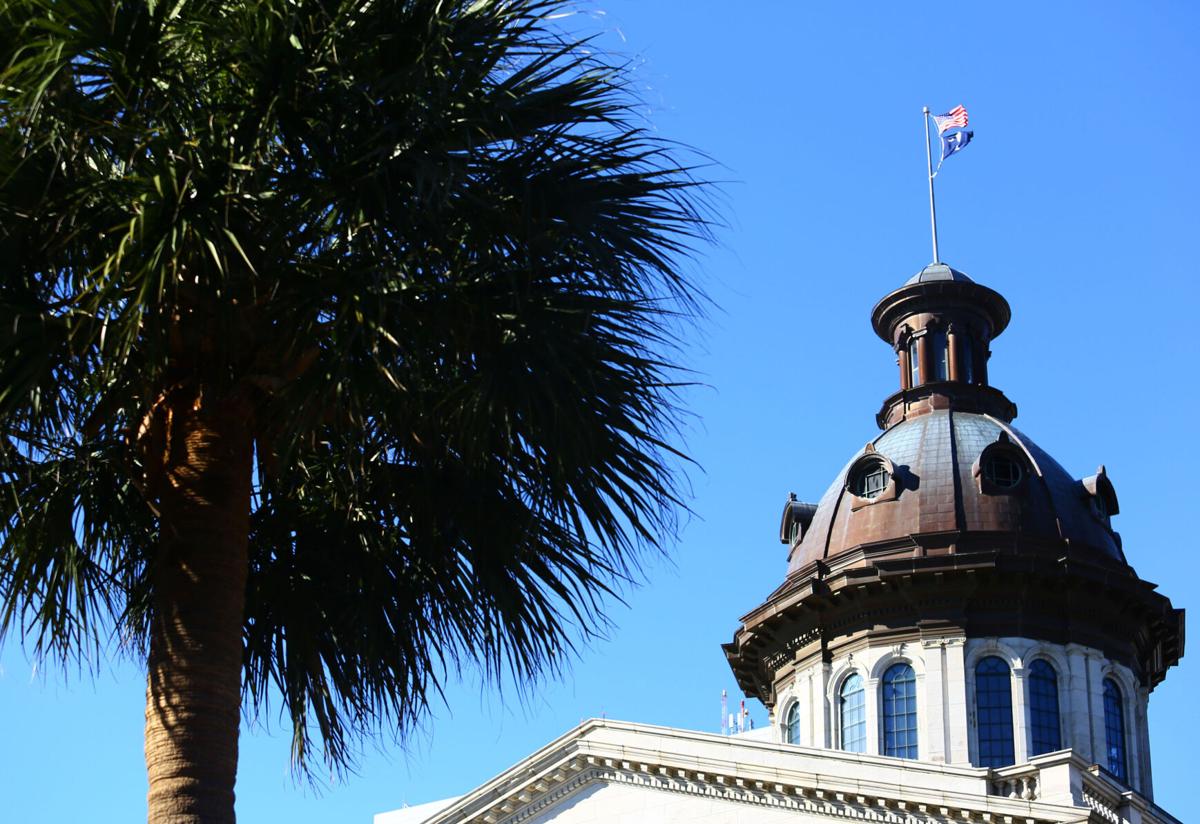What Tax to Cut? Property or Income?
At Palmetto Promise, we are always reluctant to question any move by the South Carolina General Assembly to cut taxes or flatten tax rates. So, we greet with joy the fact that in the wake of an estimated $500-$600 million state revenue surplus that has built up since 2020, the Senate and the House are each calling for cutting taxes.
- The House budget proposed a one-time $500 million property tax rebate. But, because a state budget can be for one year only, the effect on future property tax bills is uncertain.
- The Senate countered with a permanent reduction of the state individual income tax, cutting it by 0.2%. That rate was set to be cut 0.1% this year because of previous legislation, so the Senate plan doubles the scheduled cut. The cost to state coffers for the cut would come in at $100 million this budget year, but would shave a year of time off of the plan to get our state income tax rate to 6%.
If forced to pick, we would suggest that the Senate is cutting the right tax and cutting it permanently, but the House is right to cut deeper (at least for one year).
Governor McMaster hinted at an accelerated personal income tax cut in his State of the State speech back in January, where he said:
“Should an increase in future revenues allow, I ask the General Assembly to use additional funds to speed up the income tax cut schedule, so taxpayers can keep even more of their hard-earned money.”
Why do we favor an income tax cut?
In all of our tax reform analysis published over the last ten years and that of others, we have made lowering and flattening the marginal personal income tax rate a priority above all other fiscal priorities because of the stark contrast with our economic competition here in the Southeast. After all, Tennessee and Florida each have a 0% personal income tax rate.
Think of it this way…
Not that long ago, an ugly 7% scarlet letter was plastered across South Carolina on the Tax Foundation’s map of the Southeast’s individual income tax rates. Thanks to legislative action in 2022, that 7% became 6.5% and then 6.4%. But as the adjacent graphic clearly shows, if the rate were cut to 6.2% as the Senate proposes, we would still have the highest marginal rate in the region.
(Note to tax policy gurus reading these words: yes, we are talking about the sticker price here, not the “effective rate” of taxes. But businesses considering a move to a better tax climate see the South Carolina sticker price and question whether to subject their employees to it.)
This is not to say that other taxes don’t need to be cut. Next on the chopping block for us would be a cut to South Carolina’s corporate income tax rate (currently set at 5%). North Carolina is phasing out its corporate tax completely, with the rate already scheduled to drop to 0% in 2028. A property tax cut for individual homeowners would be third on our list. But for 2024, the proposed change to achieve a permanent cut in the highest personal income tax rate in the Southeast seems like a no-brainer.
Perhaps in a Conference Committee miracle, the House desire to give taxpayers back more of their own money could be merged with the tax the Senate wants to cut. That would mean a $500 million income tax cut! That’s not likely to happen, but if it did, North Carolina and Tennessee would have a challenge on their hands.
So, barring a fiscal and political miracle, the personal income tax rate cut will pay the most dividends for a Palmetto State economy that is cooking, but still faces stiff competition.







